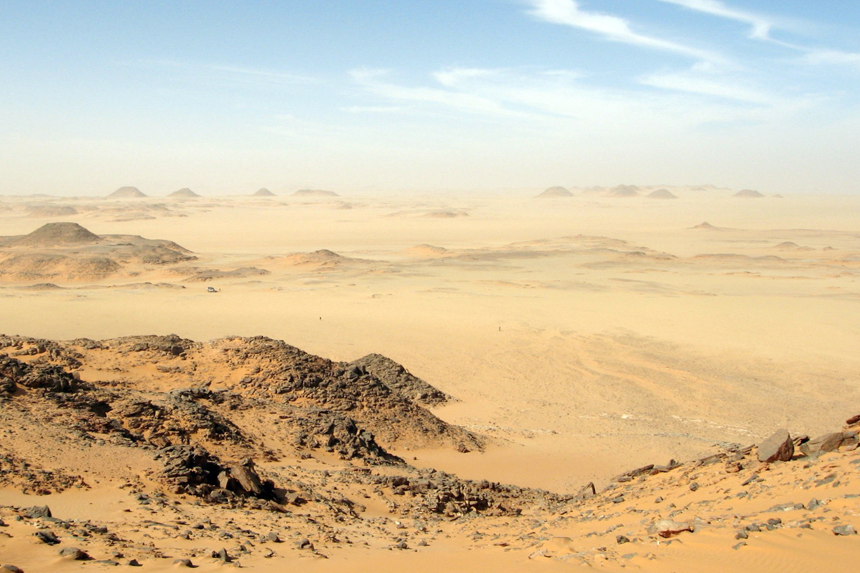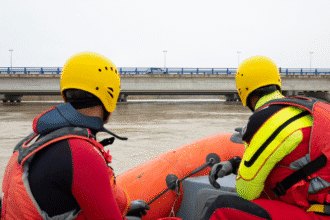According to the country’s attorney general, the dead of at least 28 migrants have been discovered in a mass grave in a south-east Libyan desert. The tomb was located north of Kufra, after 19 victims were recovered from a mass grave on a farm in the same city a few days prior. Following a successful operation on a human trafficking location that resulted in the rescue of 76 arrested and tortured migrants, the authorities took action. The scale of migrant trafficking in Libya is demonstrated by the growing number of mass graves there.
Who Was Responsible for These Horrors?
Two foreigners and one Libyan national have been taken into custody in relation to the occurrences. The group in question “deliberately deprived illegal migrants of their freedom, tortured them, and subjected them to cruel, humiliating, and inhumane treatment,” according to the attorney general’s office, which detailed the organization’s vicious character. As the inquiry progresses, the connection to Libyan migrant trafficking networks has become increasingly clear.
What's Going On Right Now in Kufra?
Online photos show volunteers and police sifting through the sandy dunes and putting the dead in black bags. The search is still going on in Kufra, which is more than 1,700 kilometers (1,056 miles) from Tripoli, the capital of Libya. Investigators are trying to identify any connections between the violence and networks of migrant trafficking. The migrants’ remains have been moved for examinations. To break up these networks and stop the exploitation of weaker migrants, the authorities are acting.
How Is the Increasing Crisis Being Handled in Libya?
There has been increasing pressure on Libya to stop human trafficking because it has been a major transit country for migrants escaping poverty and violence in sub-Saharan Africa. Since Muammar Gaddafi was overthrown in 2011, the country has witnessed a sharp increase in migrant trafficking, with desperate migrants risking their lives to reach Europe by crossing the dangerous desert or the Mediterranean Sea.
In order to learn more about the smuggling networks that are active in the area, authorities are now recording the accounts of survivors. The violence migrants experience serves as a stark reminder of the grave risks they confront, both in Libya and on their way to Europe.
How does the larger picture look?
This most recent finding comes after the bodies of at least 65 migrants were discovered in south-west Libya in 2024. At the time, the situation was described as “deeply shocking” by the International Organization for Migration (IOM).
According to UNICEF, more than 2,200 individuals perished or disappeared in 2024 while attempting to cross the Mediterranean to reach Europe, highlighting the terrible circumstances that migrants must endure. The increasing number of fatalities in the Mediterranean is indicative of the pressing need to solve the humanitarian catastrophe that is still developing at Libya’s borders and is being exacerbated by migrant trafficking.








